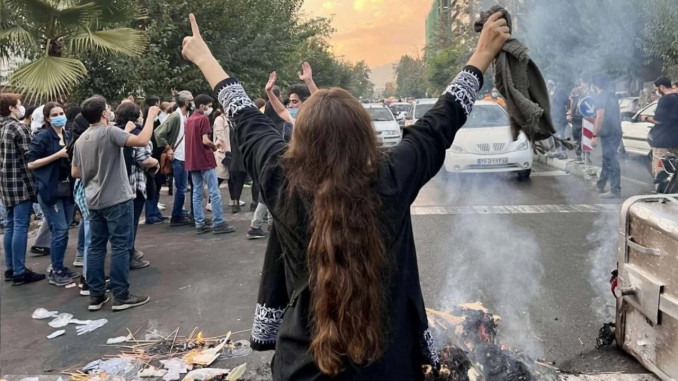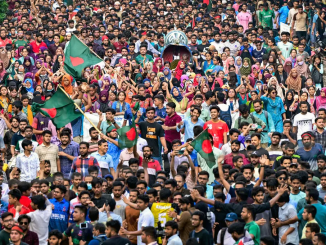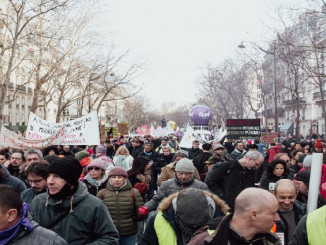
Often, when people are looking at the current state of the world, they say: “Nothing is possible, nothing can change” or, “I am ready but nobody else is.” And then suddenly what seemed impossible yesterday, seems possible today, and millions of people are out demonstrating in the streets all over the world. And the fears that normally deter us from acting fall away, and we are determined that we both can and must act. An incident is the spark that then turns into a fire.
We saw this in December 2010, when Tunisians were inspired by the self-immolation of Mohamed Bouazizi, a 26-year-old street vendor, protesting his treatment by local officials. Thousands poured into the streets, and then millions joined the protests of the Arab Spring, throughout the Middle East.
We saw the response in May 2020, when George Floyd’s brutal murder was recorded on a cell phone and posted. All over the U.S., and then around the world, millions were out in the streets, refusing to accept that the police could get away with murder.
And now in Iran, we have seen the spark turn in to a blaze. On September 16, the so-called “morality police” arrested a young woman, Mahsa Amini, for the “crime” of refusing to wear her head scarf. She was murdered at the police station. In response, the people in her city went into the streets, led by young women, shouting “Women, Life, Freedom.” They were joined by many others: national minorities, elementary and university students, teachers, working people, and shopkeepers and market owners. Popular anger has grown greatly in response to forty years of a brutal dictatorship.
They are fighting against privilege and corruption, and an inflation rate of more than 60%. They are demanding women’s rights, the right to education and healthcare, and a dignified life for the elderly. Soon the working class joined the struggle, with strikes that included the oil workers. They are a powerful section of the working class because oil is so important to the Iranian economy. And they have a long history and tradition of militant struggle and self organization.
Very quickly popular slogans called for regime change, including “Death to Khamenei” — the supreme leader of Iran, and “Don’t call it a protest,” “Call it a revolution,” which university students shouted in videos shared online. There have been demonstrations around the world by Iranians in exile, and by others showing their sympathy and support. The protests in Iran have been met with vicious repression. After a month of protests it is reported that over 12,500 people were arrested, and over 250 killed, including children. People have been tortured and beaten by the police, the Revolutionary Guards and the army.
Where could it go? Maybe the regime is still entrenched enough, and powerful enough, that it can crack down and halt the fight for now. The rulers in the U.S. and Europe, and other powers will do what they can to try to find a solution using local politicians and business leaders. They may think they need to replace the Islamic dictatorship, but want to keep things under the control of the rich and powerful.
But it is also possible that the regime, and the rich and powerful of the world, will fail to stop this revolt. Maybe we will see a change in the balance of forces? Maybe the Iranian working class, supported by the Iranian people, will deepen and strengthen their fight? Maybe we will see a possible victory by a social movement, where the working class plays a decisive role? Maybe it’s the beginning of a social revolution?
This mobilization of the majority — those who produce all the goods and who make the society run — can also bring society to a halt. Could it open up the possibilities for the creation of a new society? The whole world is watching.
The Iranian struggle is our struggle too!




